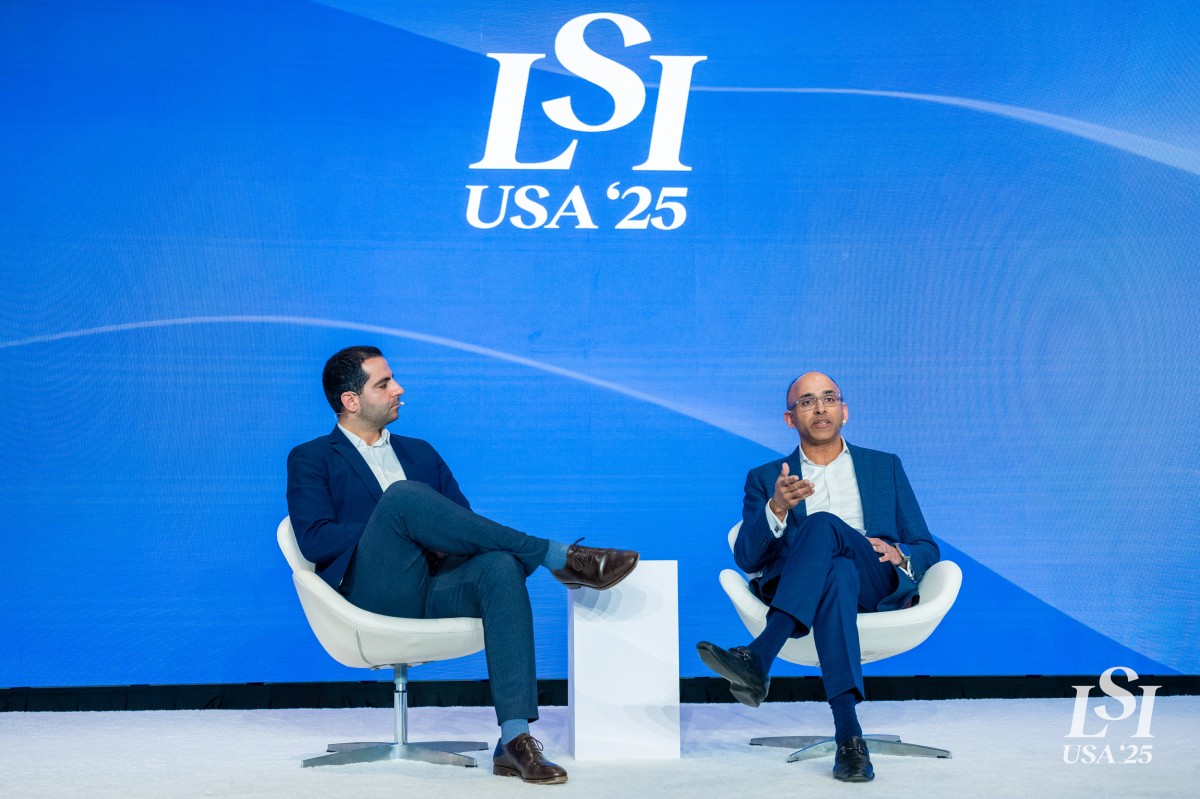
LSI USA ‘24 brought together leading experts to discuss the evolving landscape of the structural heart market, one of the most consequential markets in the medtech industry. With insights ranging from regulatory hurdles to technological advancements, the panelists provided valuable guidance for investors and emerging medtech companies. Here are our analyst’s top six takeaways from this panel.
Regulatory Challenges and Market Entry
Entering the structural heart market poses significant regulatory challenges, particularly in Europe. One of the panelists, William Phillips, highlighted the difficulties associated with the Medical Device Regulation (MDR). He remarked, "MDR is tough. If I were an innovator looking at certain markets to go to, MDR would be the last place I would put $1." Instead, Phillips recommended focusing on more favorable markets like Japan and Australia, where early-stage companies have better opportunities to thrive. These markets offer streamlined regulatory pathways and attractive reimbursement codes, which can strengthen the valuation of structural heart companies.
Opportunities and Challenges in Europe
Despite the regulatory challenges, Europe remains a viable option for some companies. Jacques Essinger, the only European panelist, acknowledged the difficulties posed by MDR but maintained an optimistic outlook. He stated, "I'm not as pessimistic as you are because I think there's a lot of talk that the MDR is going too far... it is going to swing back." Essinger emphasized the importance of not completely dismissing the European market as he continues to pursue CE marks and conduct studies in the region. This cautious optimism suggests that, while challenging, Europe still holds potential for companies willing to navigate its regulatory complexities.
Advancements in Structural Heart Solutions
Advancements in structural heart solutions may play a key role in addressing the global supply-demand imbalance in hospital systems. JD Friedland, another panelist, discussed the potential for these solutions to shift to outpatient models. He asked, "Is there a future where a structural heart solution can be delivered by either outpatient or an ASC-type model?" This shift could address the supply-demand imbalance in hospital resources, enabling quicker treatment and improving patient care. By leveraging alternative care settings, healthcare institutions can serve more patients and reduce the gap between diagnosis and treatment.
Integration of Surgical and Cardiology Capabilities
The conference also highlighted the growing integration of surgical and cardiology tools. Maggie Nixon emphasized the convergence of these capabilities, stating, "I think we're going to have an intersection between the capabilities in the surgical space and the capabilities in the cardiac or cardiology space." This integration holds the potential to offer comprehensive treatment options for patients, allowing for procedures that were once only possible surgically to be done using catheter-based tools. Combining these technologies will enhance the ability to treat complex anatomical conditions, particularly in the mitral and tricuspid spaces.
Aftercare and Monitoring Innovations
Effective aftercare and patient monitoring emerged as critical themes during the discussion. Jacques Essinger stressed the importance of aftercare following procedures, emphasizing, "The one big question is the aftercare. We should not forget the importance of the aftercare." As procedures potentially move to outpatient settings, ensuring robust aftercare becomes essential to patient safety and recovery. Innovations in digital health and telemedicine will be crucial in providing continuous patient monitoring and engagement, facilitating better compliance with post-surgical instructions.
Emphasis on Value Inflection Points for Investors
Understanding value inflection points is essential for investors when evaluating opportunities in the structural heart market. William Phillips advised companies to focus on clear milestones that demonstrate progress. He stated, "You need to think…What is your next round? What does that need to look like? What deliverables do you need to get to show value to those future investors?" Demonstrating tangible progress and achieving key milestones can significantly boost a company's attractiveness to investors, increasing the likelihood of securing further investment.
From navigating regulatory complexities to embracing new technology, the panelists provided valuable insights for leaders across medtech innovation. By strategically focusing on favorable geographies, integrating innovative technologies, and emphasizing value creation, stakeholders can position themselves for success in this rapidly evolving space.
To hear more insights like this, join us at LSI USA ‘25 on March 17th to 21st at the Waldorf Astoria, Monarch Beach Resort in Dana Point, California.
-Joe-Mullings,-Andrew-ElBardissi,-Ramin-Mousavi,-Addie-Harris,-and-Josh-Makower.png)






